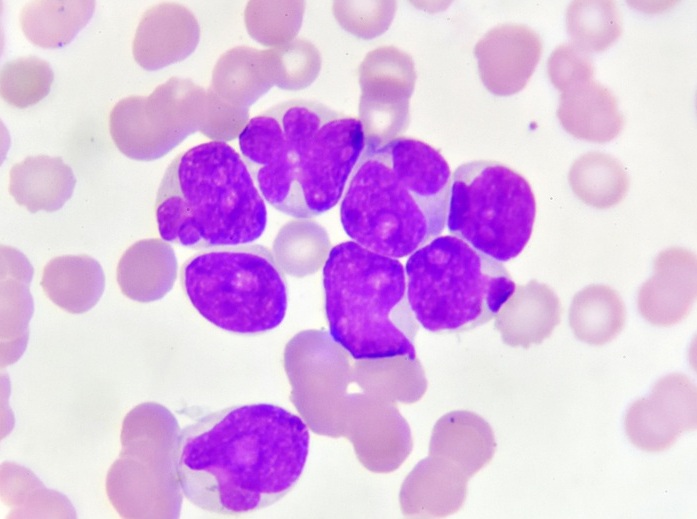Specific Leukocyte Count Predicts Bacteremia
By LabMedica International staff writers
Posted on 24 Nov 2010
A decrease in the absolute number of lymphocytes in a white blood cell (WBC) count is thought to be an indicator that the patient may have a bacterial infection in the blood. Posted on 24 Nov 2010
Similarly, the neutrophil-lymphocyte count ratio (NLCR) has been shown as a simple promising method to evaluate systemic inflammation in critically ill patients. These two parameters may be better than conventional infection markers in an emergency care unit.
In a retrospective study carried out at the emergency department (ED) of the Jeroen Bosch Hospital, (Hertogenbosch; The Netherlands) examined consecutive patient records from adult patients (18 years or older) admitted to the ED over a seven month period from April to October 2005, with suspected community-acquired bacteremia. C-reactive protein (CRP) level, WBC count, neutrophil count, lymphocyte count, and NLCR were compared between 92 patients with positive blood cultures and an equal number of age and gender matched patients with negative blood cultures.
CRP levels were measured with a fully automated enzyme-linked immunoassay using an Aeroset 2.0 analyzer (Abbott Diagnostics; Santa Clara, CA, USA). WBC, neutrophil and lymphocyte counts were determined on a Sysmex XE-2100 hematology analyzer (Sysmex Corporation; Kobe, Japan). Significant differences between patients with positive and negative blood cultures were detected with respect to CRP level (176 ± 138 mg/L versus 116 ± 103 mg/L; lymphocyte count (0.8 ± 0.5 × 109/L versus 1.2 ± 0.7 × 109/L; and NLCR (20.9 ± 13.3 versus 13.2 ± 14.1). However, there were no significant differences regarding WBC count and neutrophil count. Sensitivity, specificity, positive and negative predictive values were highest for the NLCR (77.2%, 63.0%, 67.6% and 73.4%, respectively).
Culturing microorganisms is the most definitive way to confirm bacterial infections. Unfortunately, this gold standard is time consuming and may be influenced by several factors including previous antibiotic usage. The authors concluded that, "Absolute lymphocytopenia can be used in the prediction of infectious emergency admissions. Moreover, the ratio of neutrophil and lymphocyte counts (NLCR) has even higher value in predicting bacteremia. This marker is simple, easily obtained and calculated, easy to integrate in daily practice and without extra costs.” The study was published on October 29, 2010, in the journal Critical Care.
Related Links:
Jeroen Bosch Hospital
Abbott Diagnostics
Sysmex Corporation














